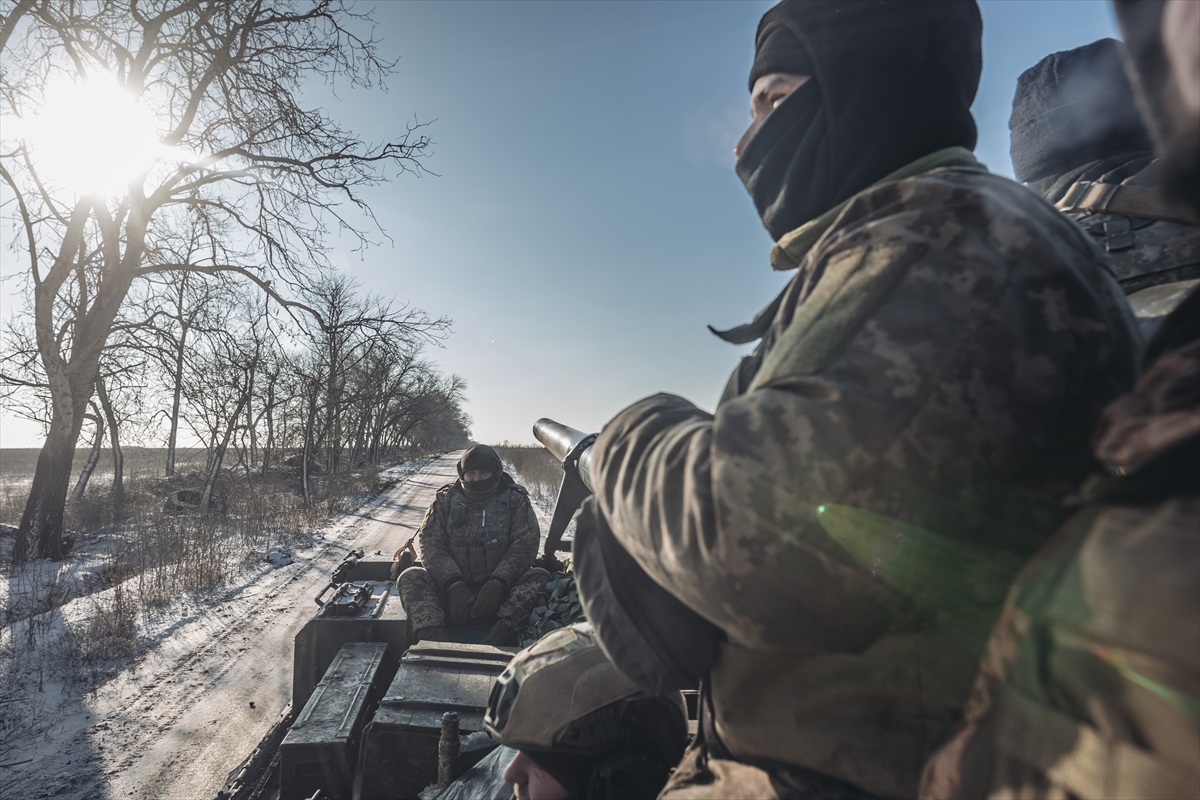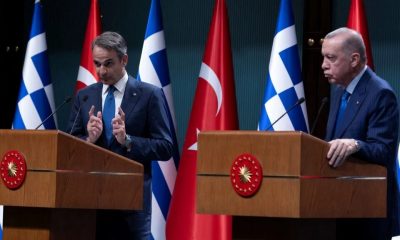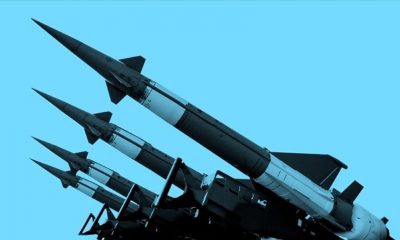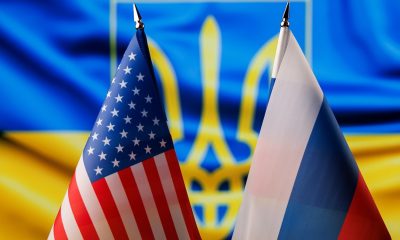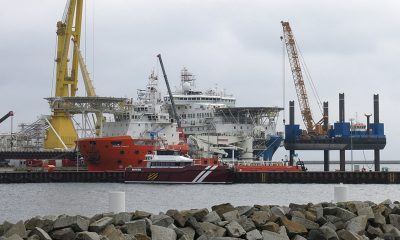In the Donbas regions of Solidar and Bahamut, conflicts between Russia and Ukraine intensified. The Solidar-Bahmut line is deemed “crucial” for Ukraine’s defense. Despite contradictory statements from the parties regarding the most current situation at the front, it is evident that the fighting sides are gearing up for a major clash in the spring.
The frontal combat became more intense in East Ukraine. Russia is preparing for the next stage by making new appointments and buildups at the tactical and administrative levels. Meanwhile, Ukraine is seeking to expand its supply from the West to include strategic strikes.
“The present situation in the field is similar to the war of position,” concluded Assoc. Prof. Ali Fuat Gökçe of Gaziantep University, “It’s stuck in certain spots. There are wars of position.” “Russia is preparing for spring, and Ukraine is as well. It’s an attempt to make up for material deficiencies. At this point, the parties are in the recovery phase,” Gökçe stated.
According to Gökçe, the Western side is divided for the course of the war, and “violent clashes starting in March” are likely unless something unusual in conditions happens.
“The United States seeks a passive Russia in the Pacific”
“The US wants the war to continue against the will of Continental Europe. This is straightforward and evident,” said Gökçe and went on to note that the USA acted with a similar approach during World War II. “The USA has used that in the past as well. In World War II, Germany was the enemy of the USA. However, the United States waited for the Soviet Union to wear down Germany before deciding to join the conflict,” he remarked.
Underscoring that the United States is still using the “Ukraine depleting Russia” strategy, Gökçe argues that Washington wants the war to continue to “make Russia compatible with itself.”
According to Gökçe, the strategic calculation here is in line with the USA’s Asia-Pacific policy, which advocates that “Russia should be weakened not to meddle into the Pacific region” and “for this, the USA employs Ukraine and wants the war to continue.”
“Belarus’s entry into the all-out war is against Russia”
Western media outlets often speculate that the Belarusian armed forces may be involved in the war. It would not be beneficial for Belarus to go to war,” Skeptical of its possibility, Ali Fuat Gökçe stated, “It would not be good for Belarus to enter into the war. Not for Russia either. But Russia can make use of Belarusian territory.”

For Gökçe, “Belarusian territory may be of Russian use, but the Belarusian army cannot be employed,” and he uses the map above to illustrate his point with historical examples. Accordingly, the situation is as follows:
In 1812, Napoleon led his army to Moscow by following the blue line on the map. Following the path of the red arrows, Hitler attempted to invade Russia and occupy Moscow during World War II. The Baltic Sea and the vast plains north of the Carpathian Mountains are shown in black along the north-south axis. Stating that this line has an important place in Russia’s historical memory, Ali Fuat Gökçe claims that Russia is opposed to Ukraine joining NATO to defend this line.
After this point, the north of the Carpathians and the lands of Belarus, that is, the large plains opening to Moscow, may develop into a conflict region, and Russia does not want this, according to Gökçe, who says, “If Belarus joins a total war, that will lay a foundation for NATO to attack Belarus.” said Gökçe and emphasized that after this point, the north of the Carpathians and the lands of Belarus, the large plains opening to Moscow, may develop into a conflict region, and it would not be a case Russia is willing to counter.
According to Gökçe, Moscow is not aiming to conquer all of Ukraine but rather is angling for a change of leadership in Kyiv. Targeting critical infrastructure, Russia is seeking internal turmoil in Ukraine that can create a crisis over basic needs like power, water, and heating, Gökçe said and added, to make a firm forecast about the course of the war, the atmosphere is highly unpredictable.

 DIPLOMACY2 weeks ago
DIPLOMACY2 weeks ago
 DIPLOMACY2 weeks ago
DIPLOMACY2 weeks ago
 ASIA2 weeks ago
ASIA2 weeks ago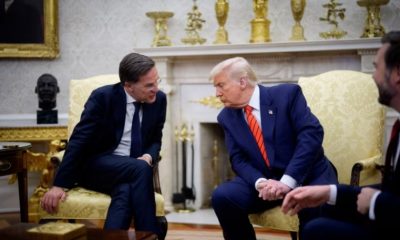
 EUROPE6 days ago
EUROPE6 days ago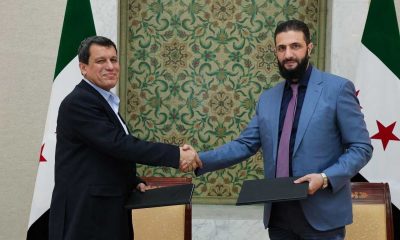
 MIDDLE EAST2 weeks ago
MIDDLE EAST2 weeks ago
 AMERICA2 weeks ago
AMERICA2 weeks ago
 EUROPE2 weeks ago
EUROPE2 weeks ago
 ASIA1 week ago
ASIA1 week ago
